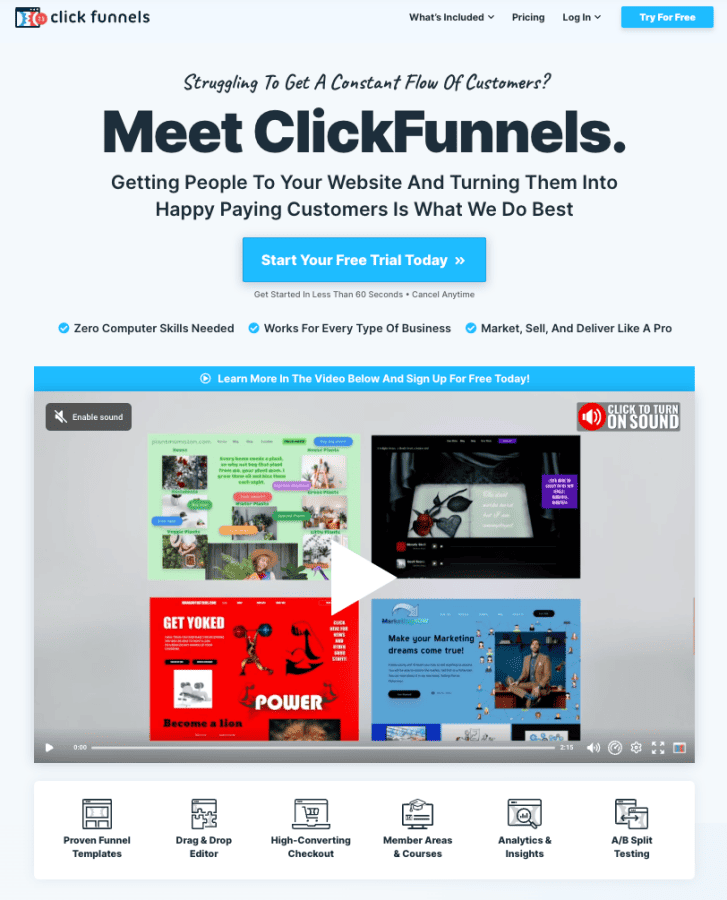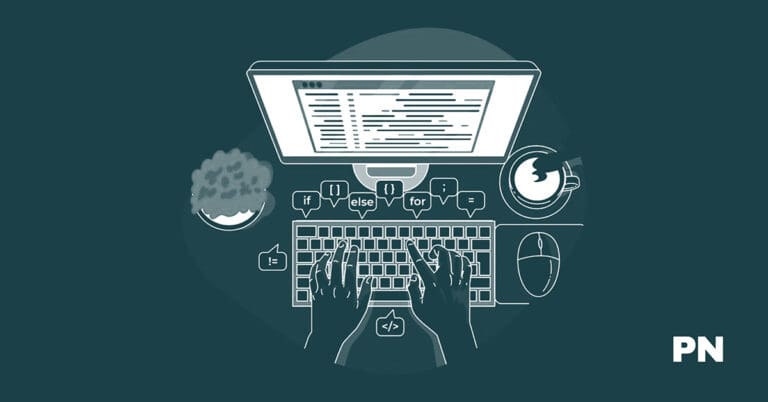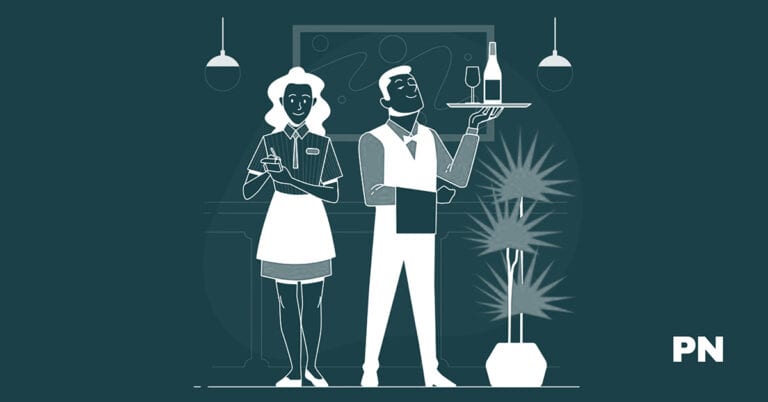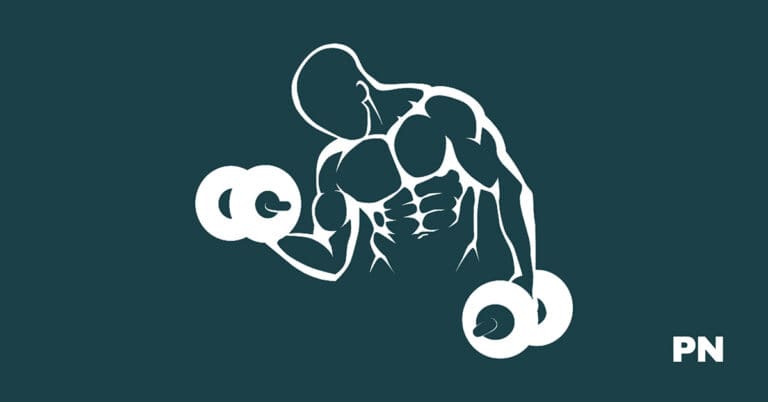Sales Funnel for Teams Guide

A sales funnel is an essential component of any business that aims to generate leads and convert them into customers. It guides potential customers through various stages of the buying journey, ultimately leading to a sale.
However, implementing a sales funnel for teams can be challenging, requiring a collaborative effort to ensure every team member is on board and working towards the same goal.
According to Forbes Advisor, the average conversion rate across all industries is 3.9%, with B2B tech as low as just 1.7% and professional services averaging around 9.3%.
This means businesses need a solid sales funnel to increase their chances of converting leads into customers. A well-designed sales funnel for teams can help streamline the sales process, improve communication among team members, and ultimately increase revenue.
In this Sales Funnel for Teams Guide, I will explore the different stages of a sales funnel, how to build an effective sales funnel for teams, and the benefits of a collaborative approach.
I will also provide tips and strategies to help you optimize your sales funnel and improve your team’s performance. So, whether you are a small business owner or a sales manager, this guide will provide the knowledge and tools you need to create a successful sales funnel for your team.
What is a Team Sales Funnel?

A team sales funnel is a visual representation of the sales process that your team uses to turn prospects into paying customers. It’s a step-by-step guide that helps you track each prospect’s progress toward closing the deal.
Your team can use this funnel to identify potential roadblocks and address prospects’ needs to ensure they buy the right solution quickly and smoothly.
Each stage represents a critical step in a team sales funnel. Understanding each stage and its entails is essential to ensuring your team is on the same page and working towards the same goal.
Here are the typical stages in a team sales funnel:
- Prospecting: This stage involves identifying potential customers interested in your product or service. Your team needs to research and analyze potential clients to determine whether they fit your business well.
- Qualification: This stage involves determining whether the prospect fits your product or service well. Your team should assess the prospect’s budget, needs, and timeline to ensure they are qualified leads.
- Presentation: This stage involves presenting your product or service to the prospect. Your team needs to show the prospect how your solution can solve their problem and meet their needs.
- Closing: This stage involves closing the deal and turning the prospect into a paying customer. Your team must address any final objections and ensure the prospect is satisfied with the proposed solution.
Using a team sales funnel, your team can work together towards a common goal and ensure no leads fall through the cracks. It’s a powerful tool to help your team streamline the sales process and close more deals.
Why You Need a Team Sales Funnel?
If you want to increase brand awareness and boost sales, you need a team sales funnel.
A sales funnel is a model that describes the customer journey from the initial contact with your brand to the final purchase. It helps you identify the stages of the customer journey and allows you to optimize each stage to improve your conversion rates.
Here are a few reasons why you need a team sales funnel:
- Improve Your Team’s Efficiency: A sales funnel helps you organize your team’s efforts and ensures everyone is working towards the same goal. With a clear understanding of each stage of the funnel, your team can focus on the tasks that will most impact your sales.
- Increase Brand Awareness: A team sales funnel can help you increase brand awareness by identifying the channels driving the most traffic to your site. By optimizing these channels, you can attract more potential customers and improve your brand’s visibility.
- Boost Your Sales: By optimizing each stage of the funnel, you can improve your conversion rates and boost your sales. A team sales funnel allows you to identify areas for improvement and focus your efforts on those areas.
Stages of the Team Sales Funnel
Creating a sales funnel for your team can help you streamline your sales process and increase conversion rates. A sales funnel visually represents the customer journey, from initial awareness to final purchase.
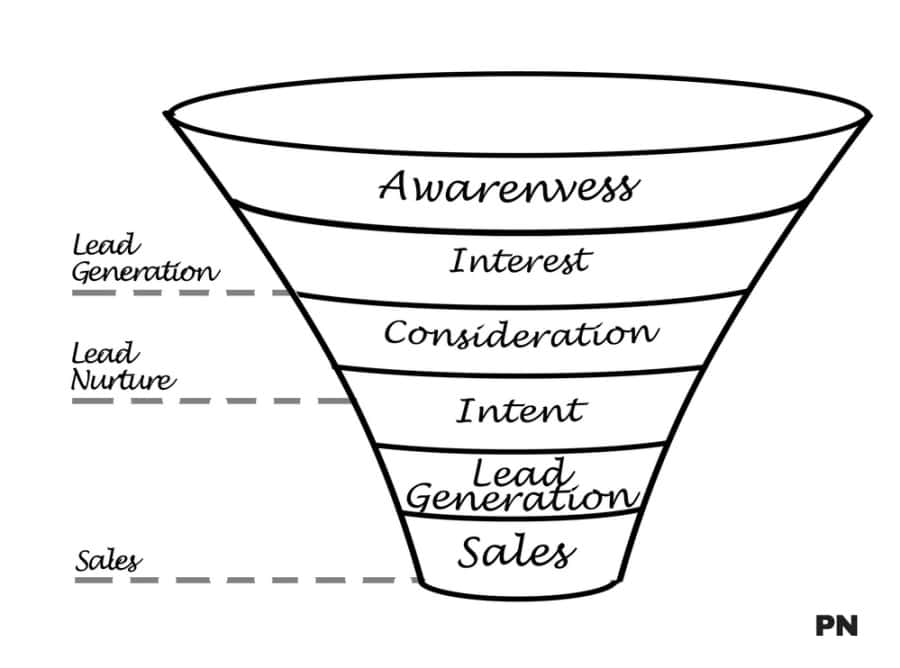
Here are the stages of the team sales funnel:
The Awareness Stage (Top of the Funnel, TOFU)
This is the first stage of the sales funnel.
At this stage, the customer becomes aware of your product or service. Your team needs to create brand awareness and attract potential customers. You can use different marketing strategies, such as social media, email, and content marketing, to reach your target audience.
Think of this stage as the dating phase. You want to make an excellent first impression and introduce yourself to your potential customers. You need to provide them with valuable information that helps them understand their problem and how your product or service can help solve it.
The Consideration/Evaluation Stage (MOFU)
At this stage, the customer is interested in your product or service. They are evaluating their options and considering whether to make a purchase. Your team needs to provide more information about your product or service and how it can solve their problem.
Think of this stage as the engagement phase. You want to build trust and establish a relationship with your potential customers. You need to provide them with detailed information about your product or service, answer their questions, and address their concerns.
Purchase Stage (Bottom Of The Funnel)
At this stage, the customer is ready to make a purchase. Your team needs to make buying as easy as possible for them. You can use different tactics, such as offering discounts, free shipping, or a money-back guarantee to incentivize them to purchase.
Think of this stage as the wedding phase. You want to make it easy for your customers to say “I do” and become loyal.
Post-Purchase Stage
After the customer makes a purchase, your team needs to follow up and support them. You can use different tactics, such as sending a thank-you email, providing a user manual, or offering customer service to ensure they are satisfied with their purchase.
Think of this stage as the honeymoon phase. You want to ensure your customers are happy and satisfied with their purchases. You need to provide them with ongoing support and address any issues or concerns that they may have.
Repeat Purchase Stage
The final stage of the sales funnel is the repeat purchase. Your team needs to encourage your customers to become repeat customers. You can use different tactics, such as offering loyalty programs, personalized recommendations, or exclusive discounts to incentivize them to make another purchase.
Think of this stage as the anniversary phase. You want to celebrate your customers’ loyalty and encourage them to continue their relationship with your brand.
The team sales funnel is a powerful tool that can help you streamline your sales process and increase your conversion rates. By understanding the different stages of the sales funnel and using the right tactics at each stage, you can attract potential customers, build relationships, and turn them into loyal customers.
How Do I Create a Team Sales Funnel?
Creating a team sales funnel is essential for any business that wants to increase sales and revenue.
Here are the steps you need to follow to create a successful team sales funnel:
Step 1: Define Your Ideal Customer
You must define your ideal customer to create a successful team sales funnel. This means identifying the characteristics of the people most likely to buy your product or service.
You can use data from your existing customers, market research, and surveys to create buyer personas representing your ideal customers.
Step 2: Map Out Your Sales Process
Once you have defined your ideal customer, you must map out your sales process. This means identifying your team’s steps to move a prospect from the top of the funnel to the bottom. You can use a flowchart or a visual representation to map your sales process.
Step 3: Create Content for Each Stage of the Funnel
You must create content tailored to each stage to move prospects through the sales funnel. This means creating awareness-stage content that attracts prospects to your website, consideration-stage content that helps them evaluate your product or service, and decision-stage content that convinces them to purchase.
Step 4: Assign Roles and Responsibilities
To ensure that your team’s sales funnel is successful, you must assign roles and responsibilities to each team member. This means identifying who will be responsible for creating content, lead generation, lead nurturing, and closing deals.
Step 5: Implement a CRM System
You need to implement a CRM system to track your progress and ensure your team works efficiently. This will allow you to track leads, monitor your team’s progress, and identify areas for improvement.
By following these steps, you can create a team sales funnel that will help you increase sales and revenue for your business.
What is The Best Funnel Software for Teams?
Many options are available when choosing the best funnel software for teams. However, ClickFunnels stands out as the most popular choice for team entrepreneurs.
Here’s why:
ClickFunnels: The Ultimate Sales Funnel Software for Teams
ClickFunnels is an all-in-one sales funnel software that offers a range of features to help teams build, manage, and optimize their sales funnels. It provides a user-friendly interface, allowing teams to create high-converting sales funnels easily.
One key feature that makes ClickFunnels the best sales funnel software for teams is its team features. ClickFunnels allows team members to collaborate on sales funnels, share templates, and manage user roles and permissions.
This makes it easy for teams to work together seamlessly without confusion or overlap.
ClickFunnels also offers a range of upsell and downsell features that help teams increase their revenue and profits. With ClickFunnels, teams can easily create upsell and downsell pages and customize them to match their brand and audience.
Another great feature of ClickFunnels is its free funnel templates. ClickFunnels provides a range of complimentary funnel templates that teams can use to get started quickly. These templates are customizable; teams can modify them to fit their needs.
Frequently Asked Questions
What is a funnel in a team’s business?
A sales funnel visualizes a potential customer’s steps to becoming a paying customer. It helps teams understand customers’ journeys and optimize their marketing and sales strategies accordingly.
What are the key stages in developing a team’s sales funnel?
The key stages in developing a team’s sales funnel are:
- Awareness: Introducing potential customers to your product or service
- Interest: Getting potential customers to engage with your product or service
- Decision: Helping potential customers decide to purchase
- Action: Encouraging potential customers to take action and become paying customers
How do you create an effective team sales funnel?
To create an effective team sales funnel, you need to understand your target audience, identify their pain points, and make a marketing and sales strategy that addresses them.
You should also optimize your website and landing pages for conversions and use data-driven insights to continually improve your funnel.
How can I optimize my team funnel for higher conversion rates?
To optimize your team funnel for higher conversion rates, you should focus on improving each stage, from awareness to action.
This might include improving your website’s loading speed, creating more engaging content, optimizing your calls to action, and testing different strategies to see what works best.
What metrics are crucial for analyzing the performance of a team funnel?
Some key metrics for analyzing the performance of a team funnel include:
- Conversion rates at each stage of the funnel
- Average order value
- Customer lifetime value
- Customer acquisition cost
- Return on investment
How do industry benchmarks influence teams’ conversion funnel performance?
Industry benchmarks can help you understand how your team’s conversion funnel performance compares to others in your industry. However, it’s important to remember that benchmarks are just that—benchmarks.
Your team’s unique circumstances and goals may require a different approach to marketing and sales.
Wrapping Up
In conclusion, implementing a sales funnel for your team can significantly benefit your business. By utilizing the stages of the funnel, you can guide your potential customers toward conversion and ultimately increase your revenue.
To create an effective sales funnel, it is essential to understand your target audience and tailor your content to their needs and interests. Email marketing and social media tools can also help you reach a wider audience and keep them engaged throughout the funnel.
Remember to analyze and optimize your funnel to ensure maximum efficiency constantly. You can improve your funnel and achieve even greater success by tracking your metrics and adjusting as needed.
Creating a sales funnel for your team may seem like a daunting task, but with proper planning and execution, it can be a game-changer for your business. So implement your sales funnel and watch your conversions soar!
Disclosure: We may earn commissions if you buy via links on our website. Commissions don’t affect our opinions or evaluations. We’re also an independent affiliate of many platforms, including ClickFunnels, Kartra, GoHighLevel, Podia, Northwest Registered Agent, and others. We’re not employees of these services. We receive referral payments from them, and the opinions expressed here are our own and are not official statements of these companies.
